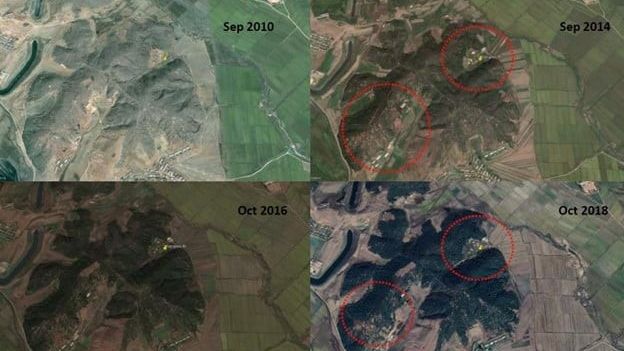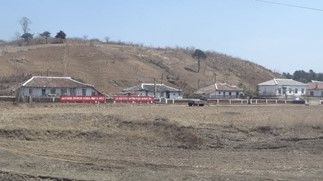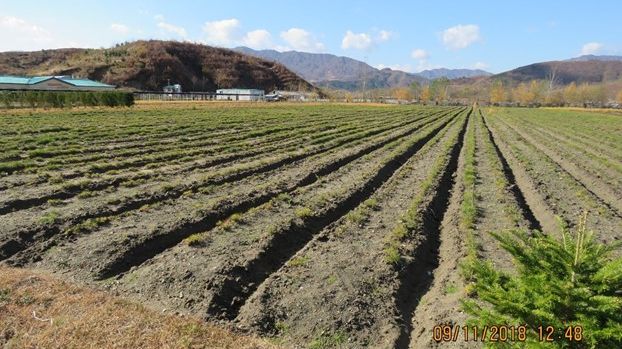History
Tree Planting Day in North Korea

Forests once covered 70-80 percent of the Korean Peninsula, but centuries of overuse of forests with no clear owners, industrial logging starting with colonization and the Korean war and its aftermath left forests in North and South Korea severely degraded. According to North Korea historiography, Kim Il Sung on March 2, 1946 started the tree planting movement himself at Moranbong in Pyongyang. However, forests in North Korea remained poor and saw a massive second degradation after the start of the famine in the 1990s. In 2012, in a landmark speech on land management, Kim Jong-Un unveiled a North Korean afforestation campaign similar to that of the South earlier - the authoritarian government of Park Chung-Hee in South Korea started a massive afforestation campaign as part of the new village (Saemaul) movement in the 1960s, which resulted in one of the most successful cases of afforestation worldwide - speaking of “golden mountains”, i.e. afforested mountains, everywhere in the country. Since then, massive efforts have been put in establishing modern tree nurseries and afforesting the country. But without a solution for food and energy scarcity, these efforts remain fragile.

Hanns-Seidel-Foundation Korea in 2008 started to cooperate with North Korea on sustainable forestry through seminars, study trips to Germany, internships in the German forest service, book publications etc. From 2014 to 2017 HSF carried out a larger, EU-financed project on afforestation in North Korea, which included besides capacity-building also the establishment of a model tree nursery and afforestation area for the severely deforested Western lowlands in Sangsori, Taedonggun, Pyongan-Namdo. Here, on a completely deforested hill of around 100 hectares, in subsequent years a beautiful mixed forest with Red Pine, Korean Pine, White Pine, Mongolian Oak, Chestnut, Alder trees, Black locust and other trees emerged.

Many challenges remain in the afforestation of North Korea: the country needs a new forest inventory as a baseline for further afforestation and for potential green finance projects, e.g. with the Green Climate Fund. It needs continuous capacity-building for foresters, but especially also for farmers using slopelands for agriculture, e.g. in the form of agroforestry. Currently, the country also strives to include more valuable trees like fruit trees or oil-seed trees in their forests, which can improve the livelihood of rural communities and prevent illegal logging.

The current isolation due to Covid-19, political reasons and increasing economic difficulties, which the country itself admitted at the 8th Party Congress in January 2021, bodes not well for the future of the afforestation campaign. It is necessary to see that afforestation is not simply for the luxury of viewing beautiful mountains, but a practice that has a direct impact on people’s wellness - for instance leading to better control of the water household, flooding and related humanitarian disasters. In this sense, it is also a task for not only all the Korean people but also the international community, which benefits from healthy forests in Korea.
